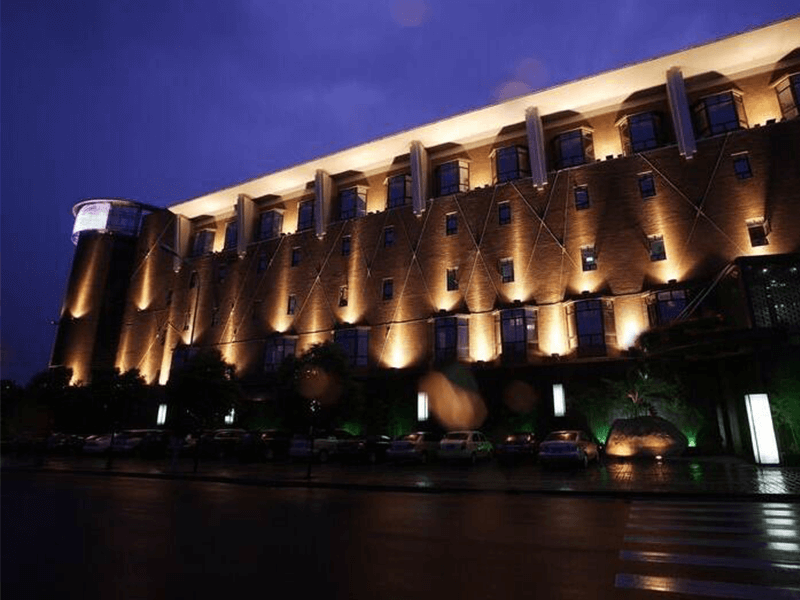RGB LED strip lights are incredibly versatile and can be used for various applications due to their flexibility, color variety, and ease of use. Here are some common uses:
1. Accent Lighting: They often add aesthetic accents to homes, commercial spaces, and outdoor areas. Placing them under bars, behind TV screens, along bookshelves, or under kitchen cabinets can create a mood-enhancing glow.
2. Entertainment Settings: RGB strips can enhance the entertainment experience in gaming setups, home theaters, or dance floors with dynamic lighting that can sync with music or screen content.
3. Art and Decorative Displays: Artists and interior designers utilize RGB LEDs to showcase artwork or highlight architectural features with customizable colors that add depth and drama to the space.
4. Event and Stage Lighting: For events such as weddings, parties, and concerts, RGB strips offer a way to change the atmosphere with different colors and patterns quickly.
5. Commercial Signage: They are used in signage for businesses to grab attention with bright, changing colors and can be programmed to display specific patterns or sequences.
6. Safety and Path Lighting: In dimly lit or nighttime areas, RGB strips can serve as guiding lights for paths, staircases, and corridors, improving visibility and safety.
7. Outdoor Landscaping: Suitable for outdoor use, incredibly if waterproof, RGB strips can light up patios, decks, pools, and gardens, enhancing the nighttime ambiance of outdoor spaces.
8. Holiday Decorations: They are perfect for creating holiday-themed lighting due to their ability to change colors and effects – think spooky oranges and purples for Halloween or cheerful reds and greens for Christmas.
9. Vehicle Customization: Vehicle enthusiasts employ RGB LED strips to enhance their car’s internal and external looks, aiming for decorative appeal and better visibility.
10. Health and Therapy: Some healthcare facilities use RGB lighting for therapeutic purposes, such as chromotherapy, where different colors improve mental and physical well-being.
The flexibility to change colors and control the lighting with a remote or smart device makes RGB LED strip lights a popular option for personalizing any space or event.
